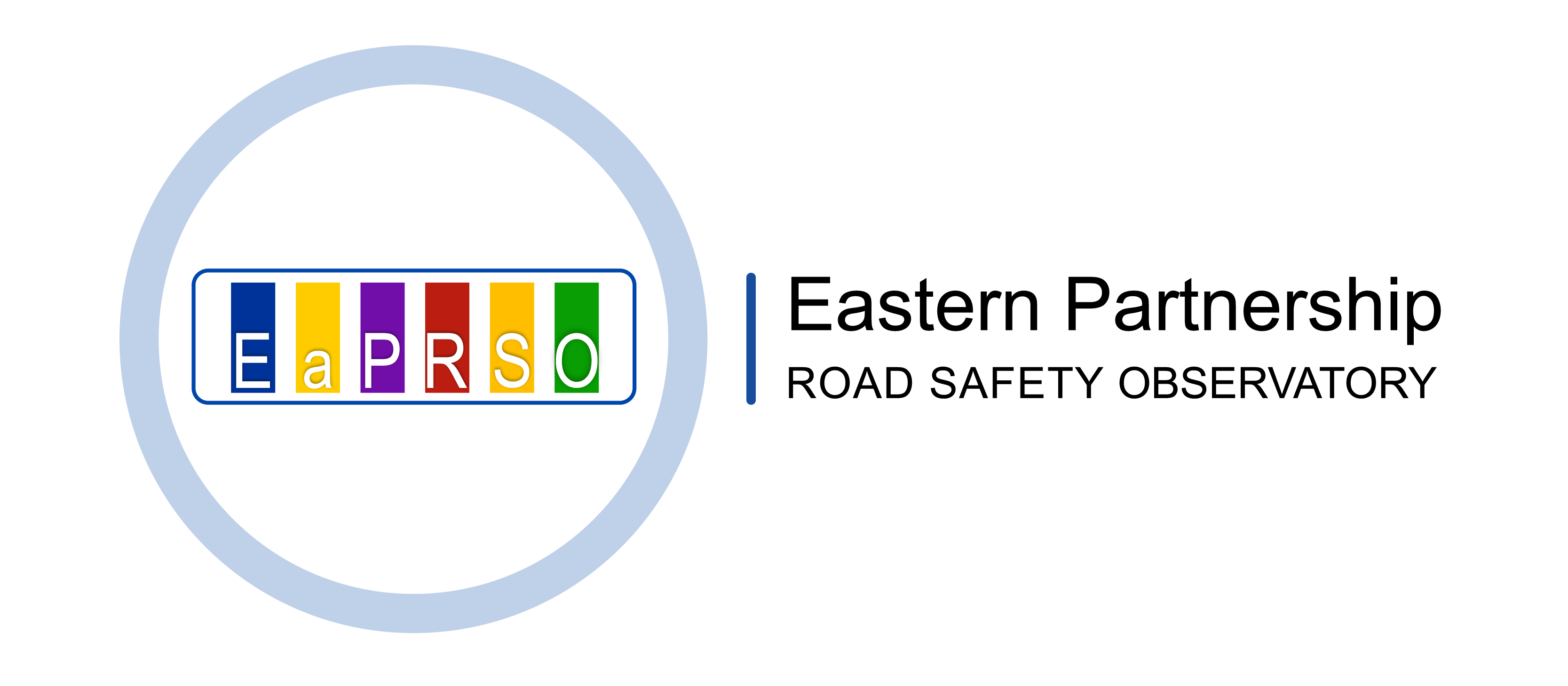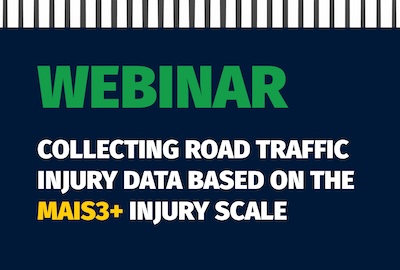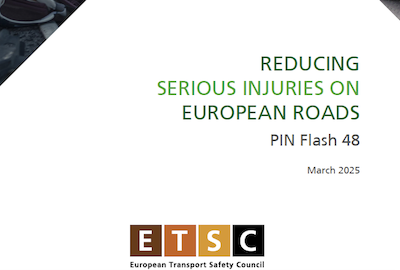
The World Health Organisation (WHO) estimates that around 50 million people suffer life-changing injuries as a result of road crashes every year, with many leading to permanent disabilities. However, this figure is just a modest estimation with many countries either under-reporting or not reporting at all on injury data. 30% of countries globally do not currently collect data on serious injuries.
Amongst Eastern Partnership member countries, only Georgia and Moldova currently have road safety targets that cover a reduction in serious injuries, and only Armenia and Moldova publish data on serious injuries.
Yet, crash-related serious injuries can be extremely costly to society in healthcare costs, rehabilitation costs, potential job losses, and welfare – not to mention social and personal wellbeing. Having access to reliable and comparable road injury data would enable us to target interventions and evaluate results to reduce serious injuries as well as develop preventative strategies and mitigate the impact of sustaining an injury through improved hospital care and post-crash recovery.
One of the EaP RSO’s key objectives is to improve injury data collection and analysis across the region. On 30 May, over 80 participants attended our webinar on the importance of gathering injury data based on the MAIS3+ injury scale in the context of global targets for road injury reduction.
WHAT IS MAIS3+?
The Abbreviated Injury Scale (AIS) is a globally accepted anatomical-based trauma classification of injuries published by the Association for the Advancement of Automotive Medicine (AAAM). It is used by medical professionals to describe injuries and rank their severity on an ordinal scale from 1 (minor injuries) to 6 (non-treatable injuries). As one person can have more than one injury, the Maximum Abbreviated Injury Scale (MAIS) is the maximum AIS of all injury diagnoses for a person.
MAIS3+ is the common definition adopted by the European Commission to identify and categorise serious road injuries across member states. The MAIS3+ definition, which is an optional variable of the EU’s CADaS framework for road crash data collection, enables harmonisation and standardisation of non-fatal injury data which is important for research, data collection, and intervention strategies in road safety. Key to this is linking police data with hospital data, and ideally also insurance data.
The need for a common definition is clear. Globally, there is no standardised method for collecting and reporting road traffic injury data, and often there is little harmonisation between data collected by police and data collected by hospitals.
It is most common for countries to use police reports from the scene of a crash as their main source of injury data. However, this approach is prone to under-reporting. It can fail to capture those who may self-transport to hospital or those who do not report crashes to the police (most common with incidents involving vulnerable road users such as pedestrians, cyclists, and motorcyclists). Police information can also become out of date if not followed up properly with hospitals, as injuries can become fatal over time. Linking police data with MAIS3+ hospital data, which ranks injuries according to severity, gives a much richer data picture and can help policy makers develop effective and targeted interventions.
Use of MAIS3+ and even linking it with the globally recognised International Classification of Diseases (ICD), can show differences that may arise between the frequency, severity and types of injury sustained through different transport modes. For example, the European Transport Safety Council’s recent PIN 48 report on reducing serious injuries shows that cyclists are disproportionally more likely to suffer MAIS3+ injuries than any other category of road user.
In Spain, analysis of MAIS3+ data has shown that traumatic brain injury as a result of road crashes is around five times more common than a fatal injury. Traumatic brain injury is a leading cause of permanent and life-changing disability, bringing huge social and economic costs. Understanding of MAIS3+ injuries has informed decision making in Spain around a new helmet policy and its evaluation – leading to a 40% decrease in MAIS3+ traumatic brain injuries. As an indicator therefore MAIS3+ opens up a whole new world for epidemiological analysis with real-world policy implications and results.
Collecting and analysing road crash injury data according to MAIS3+ is a key Safety Performance Indicator, which is important for policy and practice. One of the goals of the Observatory is to support National Data Coordinators in enhancing their data collection systems and protocols to ensure the best possible outcomes. Use of MAIS3+ is key and will be a core focus of our capacity building and work going forward.




